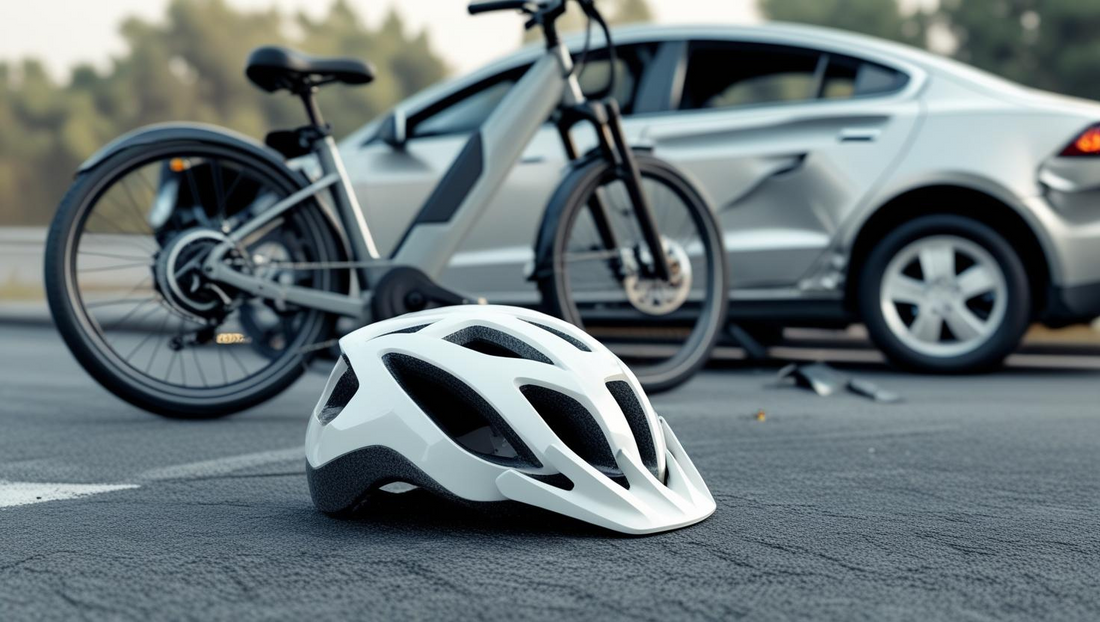
⚠️ E-Bike Safety: Why 32 km/h vs 25 km/h Makes a Big Difference
Share
While the difference between 32 km/h (20 mph) and 25 km/h (15.5 mph) may seem minor, it can have a major impact on safety. The increased speed significantly affects injury severity, stopping distance, and reaction time—all of which raise the risk in real-world riding conditions.
Let’s break it down using physics and real accident data:
🚴♂️ 1. Injury Severity
25 km/h (15.5 mph)
- Injuries tend to be less severe.
- Collisions or falls may cause fractures or head injuries, but usually not fatal—especially with helmet use.
- Comparable to traditional bicycles in terms of risk.
32 km/h (20 mph)
- Kinetic energy increases by 64% compared to 25 km/h.
Formula: KE = ½ mv² — speed has a squared effect on force.
- This translates to much higher impact in a crash.
⚠️ Higher risk of:
- Head trauma
- Internal injuries
- Fatal outcomes, especially in vehicle or pedestrian collisions
📏 2. Stopping Distance
- 25 km/h: ~7–10 meters (includes reaction + braking)
- 32 km/h: ~10–14 meters
Even a 7 km/h increase causes non-linear growth in braking distance.
At higher speeds, stopping safely in an emergency becomes much harder.
⏱️ 3. Reaction Time Margin
- At 25 km/h, you travel 6.9 meters/second
- At 32 km/h, it’s 8.9 meters/second
That extra 2 m/s drastically reduces your time to:
- Avoid cars or pedestrians
- Swerve around potholes or debris
- Navigate tight bike lanes or intersections
🚗 4. Urban Safety Context
Most countries cap Class 1 e-bikes at 25 km/h to maintain safety in shared urban spaces.
At 32 km/h:
- Riders may overtake slower traffic too quickly
- Collisions with pedestrians or other cyclists become more likely
- Risk rises significantly in bike lanes, crosswalks, and multi-use paths
📊 5. Real-World Crash Data
What the studies show:
- Netherlands (SWOV, 2020): E-bike riders—especially seniors—sustain more severe injuries vs regular cyclists. Speeds beyond 25 km/h are a key factor.
- Germany (BASt): Crash fatalities increase when e-bikes exceed the 25 km/h threshold.
- USA (NHTSA, 2022): Class 3 e-bikes (up to 45 km/h) are involved in more serious crashes compared to Class 1 and 2.
✅ Takeaway
A small speed boost might feel harmless—but it comes with big trade-offs in safety. For urban commuting and shared pathways, sticking to 25 km/h offers a safer balance of efficiency and control.
